Discovering Perugino's places: thematic itineraries
On the occasion of the 500th anniversary of the death of Pietro Vannucci known as Perugino (City of Pieve, c. 1450 - Fontignano, 1523), theArchdiocese of Perugia-City of Pieve has organized, as part of the Perugino in the Sign of Time project, a series of initiatives, lectures and cultural activities, accompanied by specific guided itineraries to discover the painter’s works found in the diocesan territory. Masterpieces that tell the story of Perugino’s art, from his youth to the last years of his existence, and that are preserved in and around the Umbrian capital, Perugia, where the master’s painting still lives on.
The heart of the activities proposed by the Perugia diocese is theIsland of San Lorenzo, the monumental complex of the Cathedral of San Lorenzo, within which, in its Museo del Capitolo, founded 100 years ago on the occasion of the fourth centenary of Perugino’s death, various initiatives aimed at celebrating the great artist will be held at different times of the year. Secret Umbria offers a series of thematic itineraries aimed at exploring the territories linked to Perugino, combining art, landscapes, villages and local artisan and food and wine traditions.
Dedicated to the places linked to the artist in Umbria’s capital is the Perugino in Perugia itinerary, which focuses precisely along Corso Vannucci, the Etruscan road axis that forms the city’s main thoroughfare. Starting from the National Gallery of Umbria, which is housed inside the Palazzo dei Priori and preserves the largest collection of works by Perugino, to whom the major exhibition The Best Master of Italy is dedicated. Perugino in his time, running until June 11, 2023, visitors will come to the Nobile Collegio del Cambio, home of the medieval guild of money changers: here they have the opportunity to admire the intricate decoration of the Sala delle Udienze created by Perugino himself. The contract was signed in 1496: the artist first frescoed the vault and then the walls, guided by the iconographic program of the humanist Francesco Maturanzio; he finally completed the pictorial cycle in 1500, sealing it with his famous self-portrait, which more than any other restores to us not only the features but also the spirit of the divin painter. The itinerary then continues toSan Lorenzo Island, the monumental complex that stands opposite the Palazzo dei Priori and consists of the cathedral, the rectories and the old seminary. On the occasion of its first 100 years, the Chapter Museum has been completely renovated to offer visitors a new thematic layout. Until June 11, it is possible to admire the Museum’s precious reliquary of the Holy Ring, the finest example of early 16th-century Perugian goldsmithing, made to hold the jewel venerated as Mary’s wedding ring. In the cathedral chapel dedicated to the Holy Ring was kept until 1797 Pietro Vannucci’s famous work with the Marriage of the Virgin; requisitioned by Napoleonic commissioners, it was taken to France. Now, after a full 226 years, it has temporarily returned to Perugia to be displayed in the major exhibition at the National Gallery of Umbria. An emotional video recounts the history, events and cult that developed around the Holy Ring since its arrival in Perugia.
The Museo del Capitolo also offers at this time the opportunity to witness the live restoration of the Martinelli Altarpiece, a panel painting that Perugino completed in 1518 and which is now part of the collections of the National Gallery of Umbria. At San Lorenzo Island, it is also possible to touch materials and learn firsthand about the fresco technique, of which Perugino was a skilled expert, by participating in a hands-on workshop for creating a small Renaissance work of art. Instead, from June 17 to Sept. 17, theAscension of Sansepolcro, a painting on wood panel created by the painter for the Tuscan town’s cathedral, based on the model of the Ascension that Perugino executed for the great polyptych he made for the Benedictines of St. Peter’s, will be on display.
Also part of San Lorenzo Island is underground Perugia, an archaeological itinerary that is the result of the stratification that began with buildings erected by the Etruscans and continued in Roman and then medieval times. The itinerary concludes with the Chapel of San Severo at Porta Sole: here you can admire the great fresco created by Perugino and the young Raphael, his pupil. The Urbino began it around 1505, but did not finish it because he was called to Rome; completing the scene was Perugino in 1521 after Raphael’s untimely death. Finally, another hidden gem is the Madonna of Graces frescoed by Vannucci in the convent of Sant’Agnese at Porta Sant’Angelo.
Another itinerary is dedicated to Perugino’s places in his birthplace, City of Pieve. Perugino in City of Pieve is a three-day itinerary designed to recount the cultural and environmental context in which the young Perugino took his first steps. From Palazzo della Corgna, the aristocratic residence built by Ascanio della Corgna designed with Perugian architect Galeazzo Alessi and decorated with frescoes by Pomarancio and Salvio Savini, we visit the Cathedral of Saints Gervasius and Protasius, inside which are preserved two works by Perugino: the Baptism of Christ and the altarpiece with the Virgin and Saints Peter, Paul, Gervasius and Protasius. Moving to theOratory of the Confraternity of the Whites, one can instead admire the monumental Adoration of the Magi: the scene is crowded with many sumptuously dressed characters, a true sampler of early 16th-century fashion. They are arranged with balance and compositional wisdom in a sublime natural landscape that the visitor recognizes to be the Umbrian landscape characterized by green hills, bodies of water and clear skies. The itinerary then leads to the Saffron House, where visitors learn about the history, cultivation techniques and various uses of the precious pistils of the corpus sativus. A painting workshop is held there using saffron-based pigments, which give warm, lustrous tones, as Renaissance painters well knew. City of Pieve in fact is renowned for the cultivation of saffron, the so-called “yellow gold”: a spice now used almost exclusively in cooking, in Perugino’s time it was mainly intended for the preparation of pigments for dyeing cloth and by painters as color.
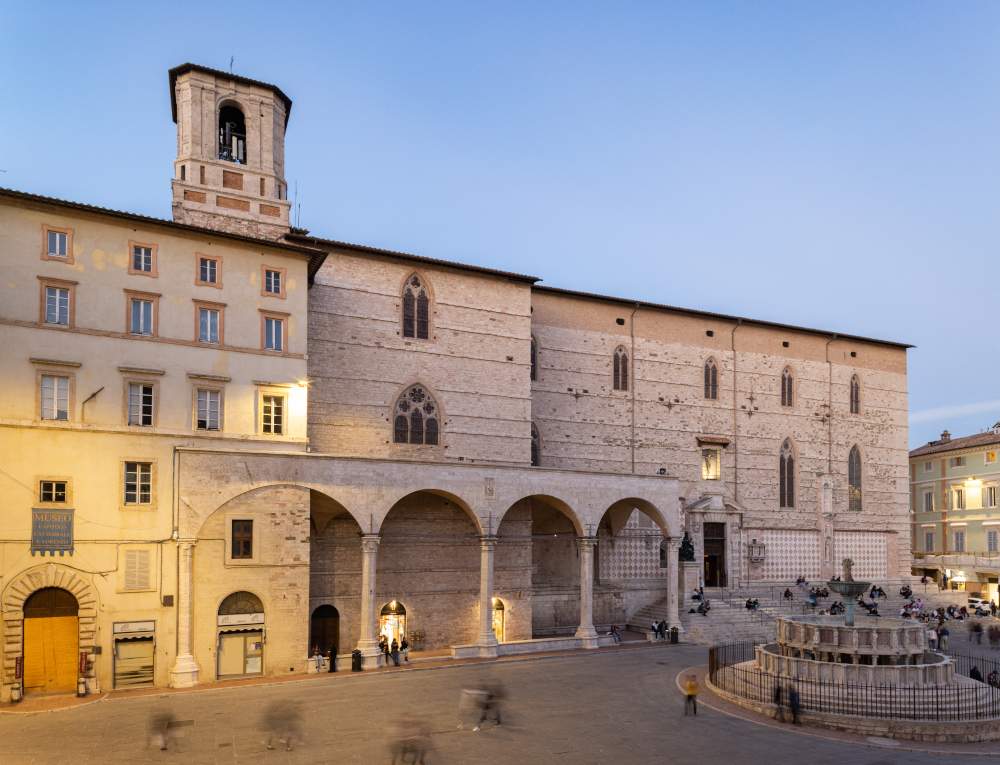
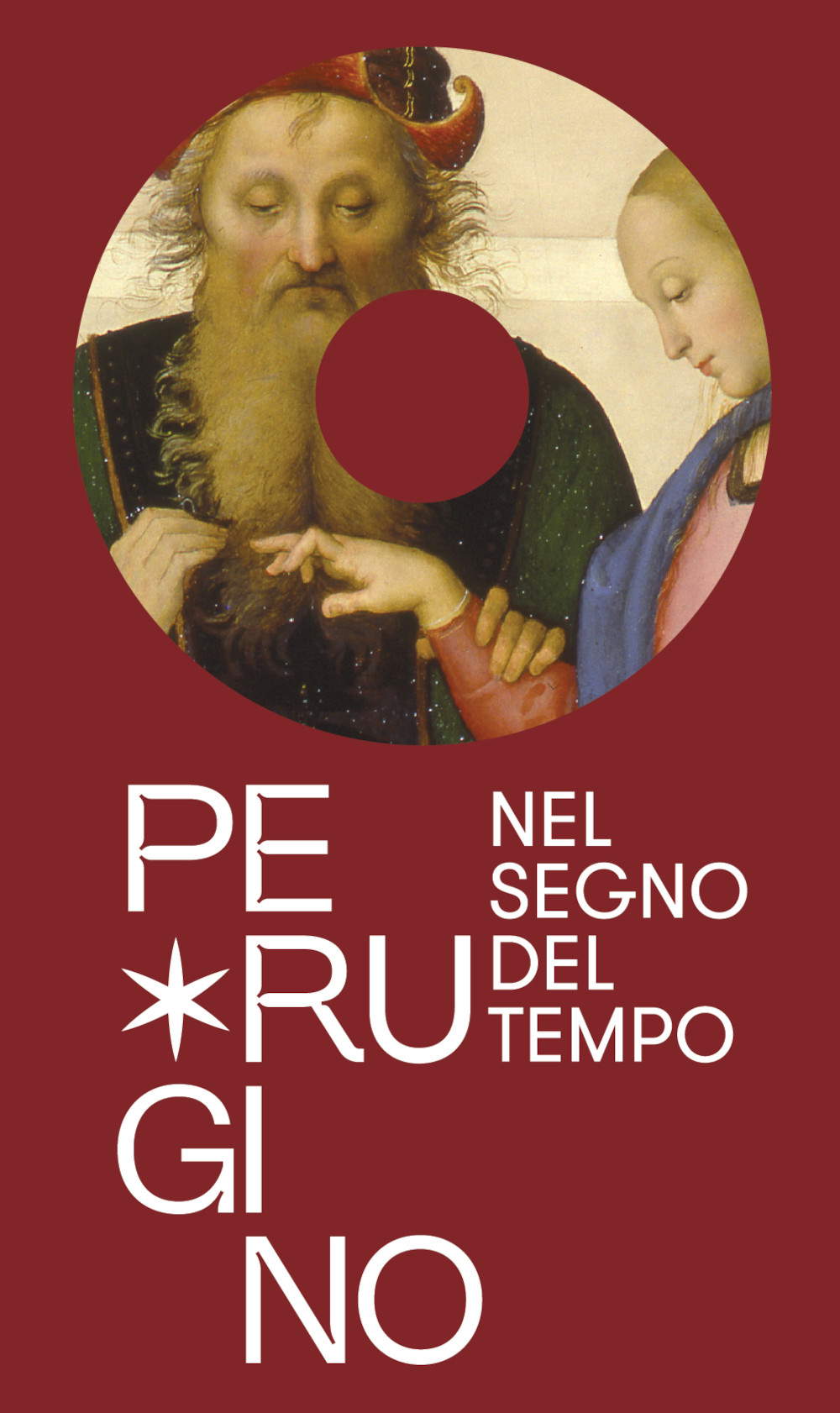
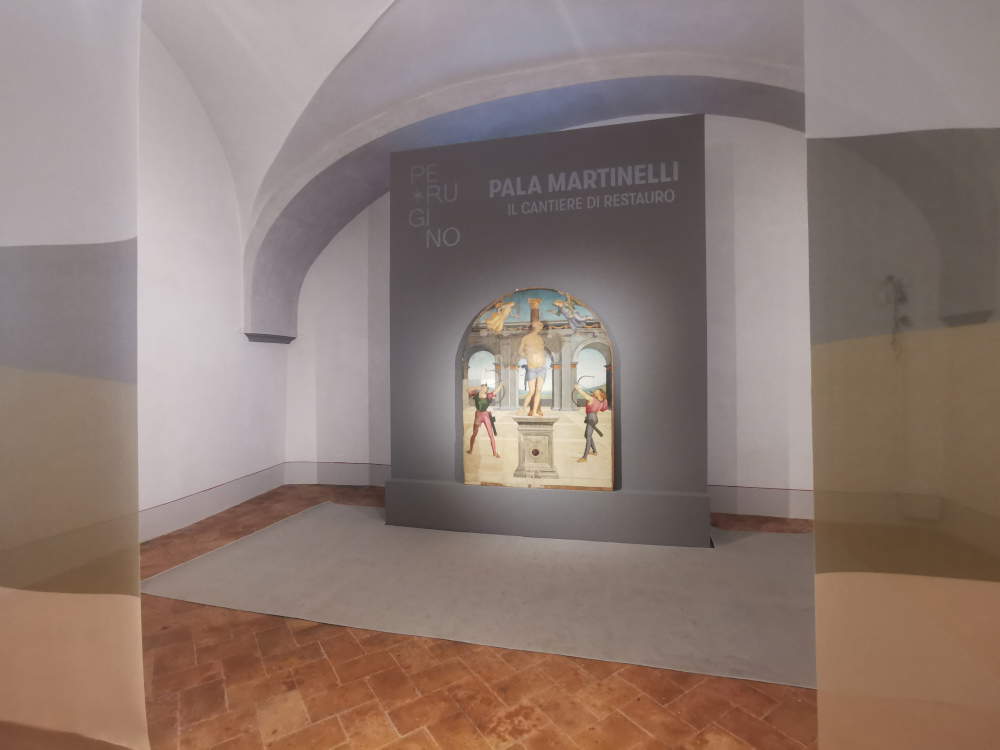
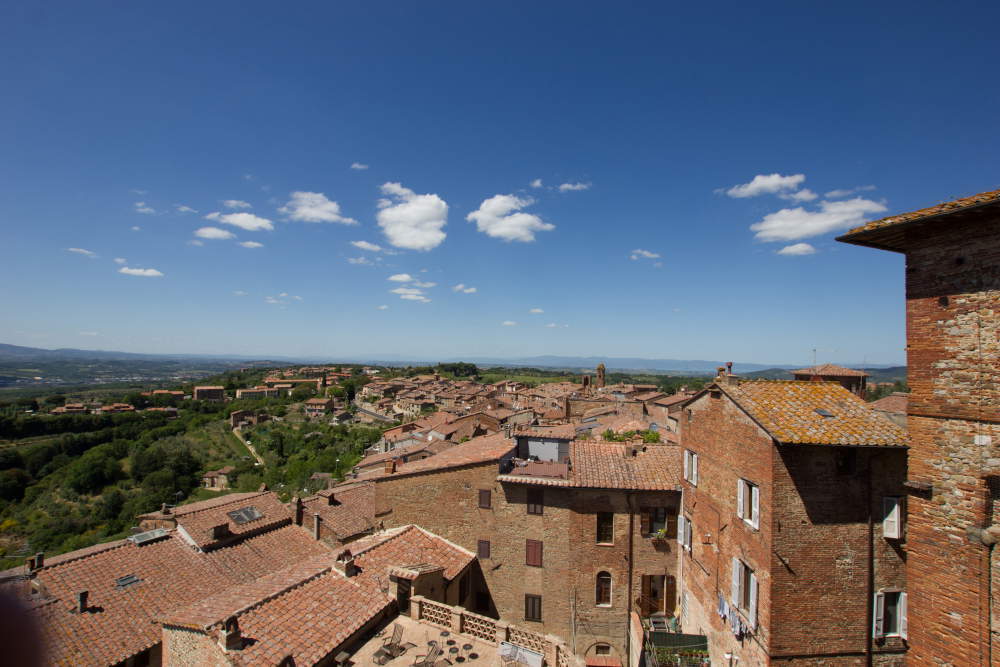
The colors of Perugino is the itinerary that allows you to savor the territory that stretches between City of Pieve, Piegaro and Lake Trasimeno. City of Pieve, home of Perugino, is revealed during the guided tour structured to touch on the places that still hold the works that Pietro Vannucci painted here. The Cathedral and the Oratorio dei Bianchi are unmissable stops, treasure troves of art and history. At the House of Saffron, accompanied by an expert who explains and illustrates the history, uses and traditions related to this bright yellow spice, you can taste cheeses, sweets and liqueurs prepared with saffron.
In Piegaro, the secrets of one of the most unique craft traditions are kept: glassmaking. Set up in the ancient foundry located in the nucleus of the small village, the Glass Museum is the custodian of the craftsmanship and artifacts that have been made here for centuries from a natural element that can be found not far away: sand from the shores ofLake Trasimeno. The glass-melting workshop, with expert guidance, enables visitors to better understand and experience the use of one of the most fascinating materials.
Along the direction of the Via Pievaiola is the next stop, Fontignano, a hilltop village where Perugino probably retreated to escape the plague and where he painted his last works. In the Church of the Annunziata, a Madonna and Child has a mantle of a delicate blue obtained with a pigment made from crushed glass, smaltino. It is in this church that the tomb of the painter, who died in 1523 from the very plague he tried to prevent, is located.
The itinerary The Landscapes of Perugino is designed precisely to fully immerse oneself in thenatural environment that inspired the master. In the Paciano area, a hiking guide accompanies visitors on a trek through the lush countryside; an experience to discover the views that inspired the painter.
In this area is Panicale, a medieval village that preserves the Martyrdom of St. Sebastian, a large fresco by Perugino in which the tragic episode is sublimated in the context of an ideal square to which one of the most evocative views Vannucci ever painted is the backdrop. And it is immediately obvious to the visitor how the view towards Lake Trasimeno is the same one depicted in the painting.
Walking along the shores of the lake, one also realizes how the cultivation of olives characterizes the landscape. Called the “green gold of Umbria,” the olive oil obtained from it has always been a product of excellence to be tasted on the classic bruschetta.
The itinerary leads to the next stop, the castle of Corciano. In the parish church is the Pala dell’Assunta, a brightly colored work with a background that opens as far as the eye can see.
Of Perugino he is said to have had a gruff, surly, greedy character and to have been far from the faith. The itinerary The Man Perugino intends to delve into the person behind the great artist and starts in Perugia, where, after a visit to the National Gallery of Umbria, we arrive at the Nobile Collegio del Cambio, where we see his famous self-portrait.
A visit to the Benedictine basilica of San Pietro and the Chapel of San Severo is recommended. This itinerary can only include the places where Perugino was born, lived and died, so it obviously includes City of Pieve.
The Young Perugino, on the other hand, is the itinerary that intends to focus on the painter’s early years, that is, those in which, having returned from Florence, he began to work independently, that is, as a master. In Perugia, a guided tour allows you to get to know the historic center in its major monuments and most striking corners. You can then choose to enter the museums that hold the works of the young Perugino, such as the National Gallery and Palazzo Baldeschi, or the striking San Severo Chapel. We then move along the Tiber Valley to the village of Cerqueto, where there is a fresco depicting St. Sebastian, among the earliest works that have come down to us. In Deruta we visit the Regional Museum of Ceramics and thePicture Gallery. The workshop on ceramics gives visitors the chance to try their hand at creating a majolica object to take home, under the expert guidance of a ceramist.
Finally, to wrap up, with Il Perugino e le sue terre (Perugino and his Lands ), visitors can immerse themselves for seven days in the places and suggestions that influenced and formed the “divin painter,” visiting Umbria in depth through the unique perspective of Perugino’s works. An extensive and detailed itinerary that touches Perugia, City of Pieve, Cerqueto, Deruta, Piegaro, Corciano, Lake Trasimeno, Paciano and Panicale, and Fontignano and includes the master’s major works, from his youthful to his more mature phase, touching on the smaller towns and centers that nonetheless in Umbria always turn out to be treasure troves of precious treasures.
To learn about all the stops on the itineraries and purchase the routes, you can visit the Secret Umbria website
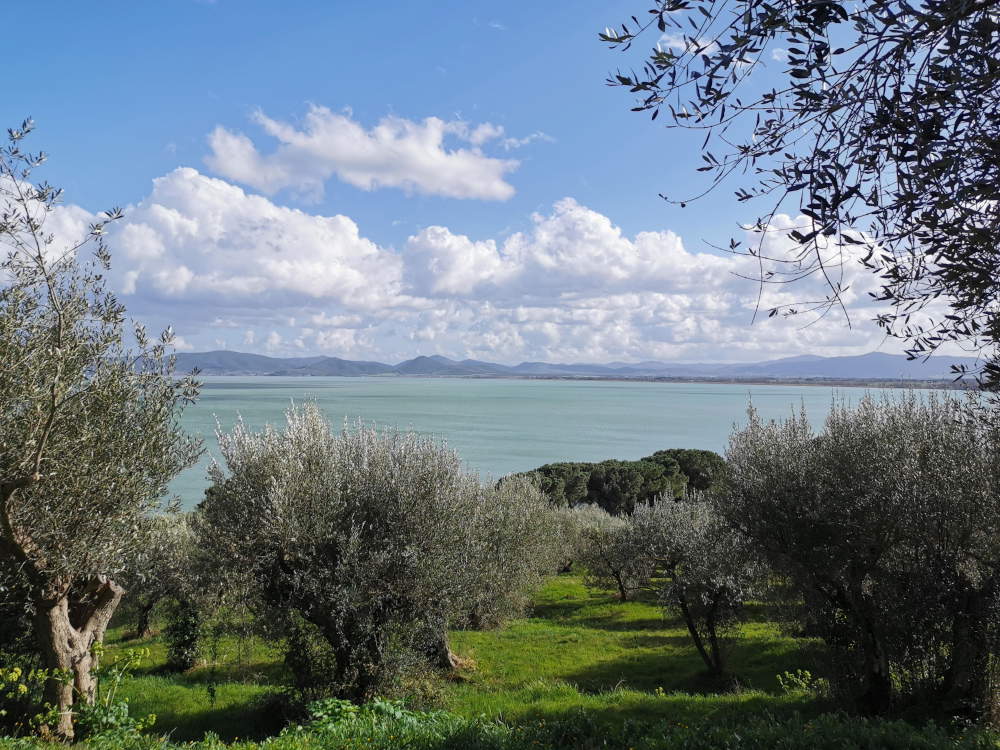
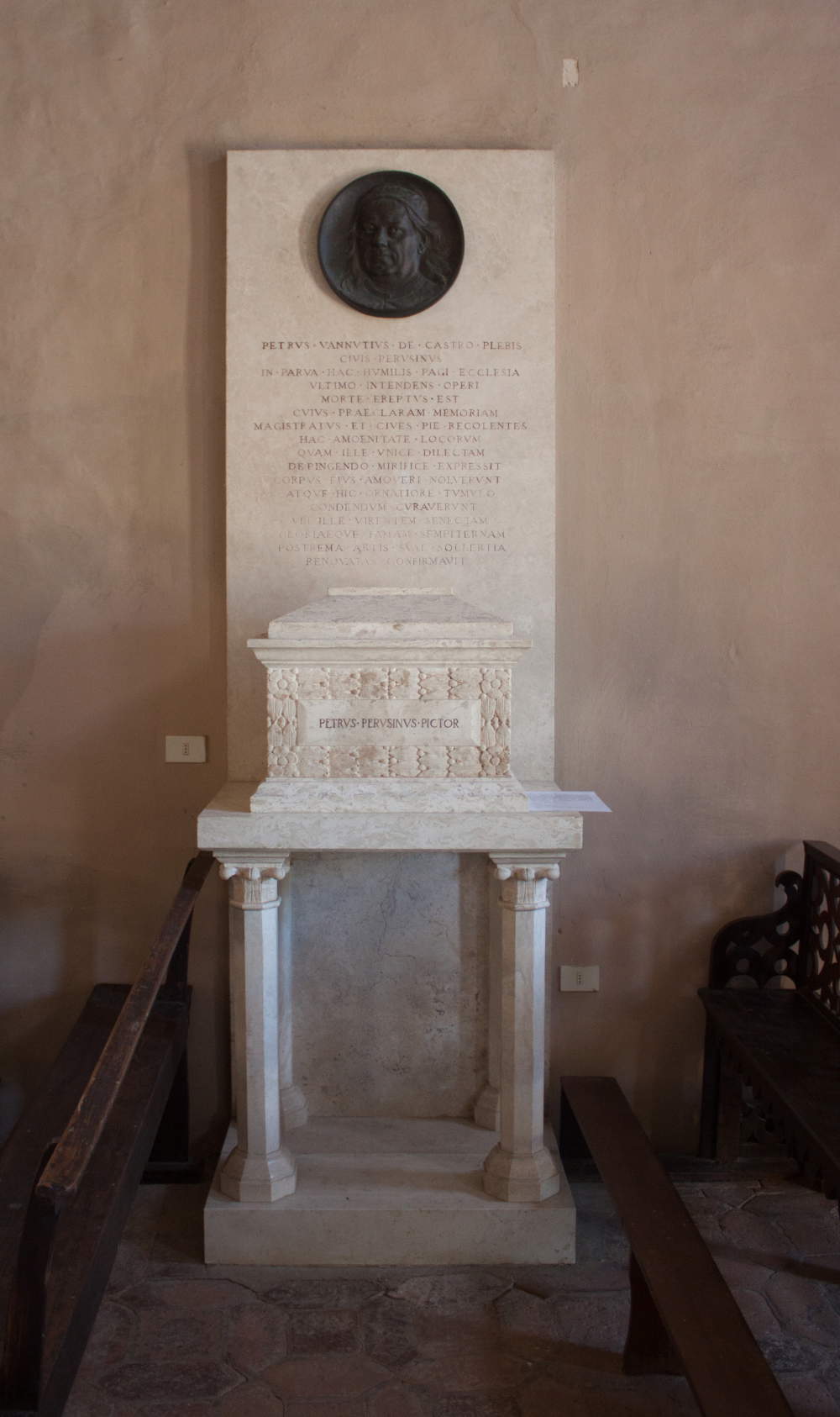
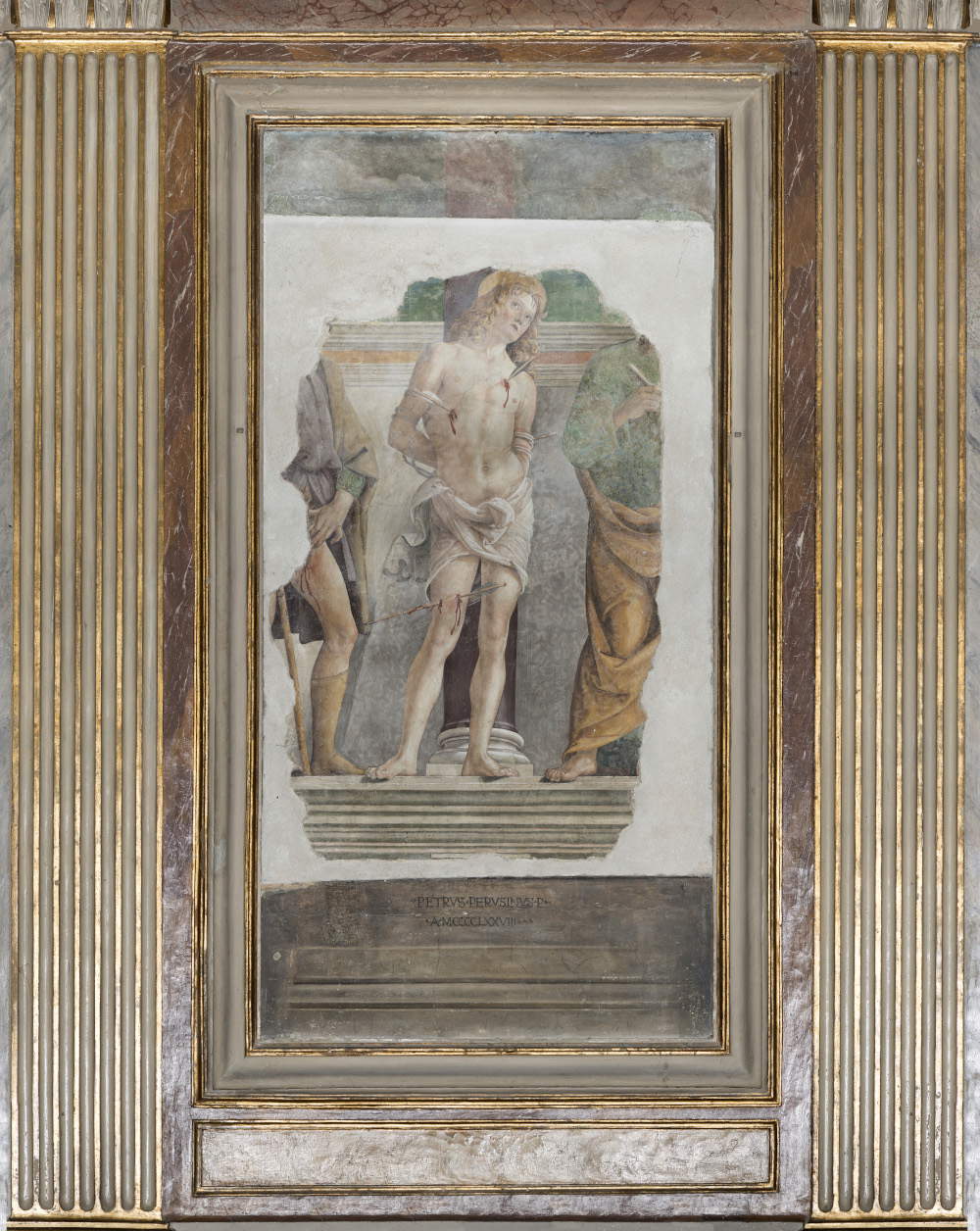
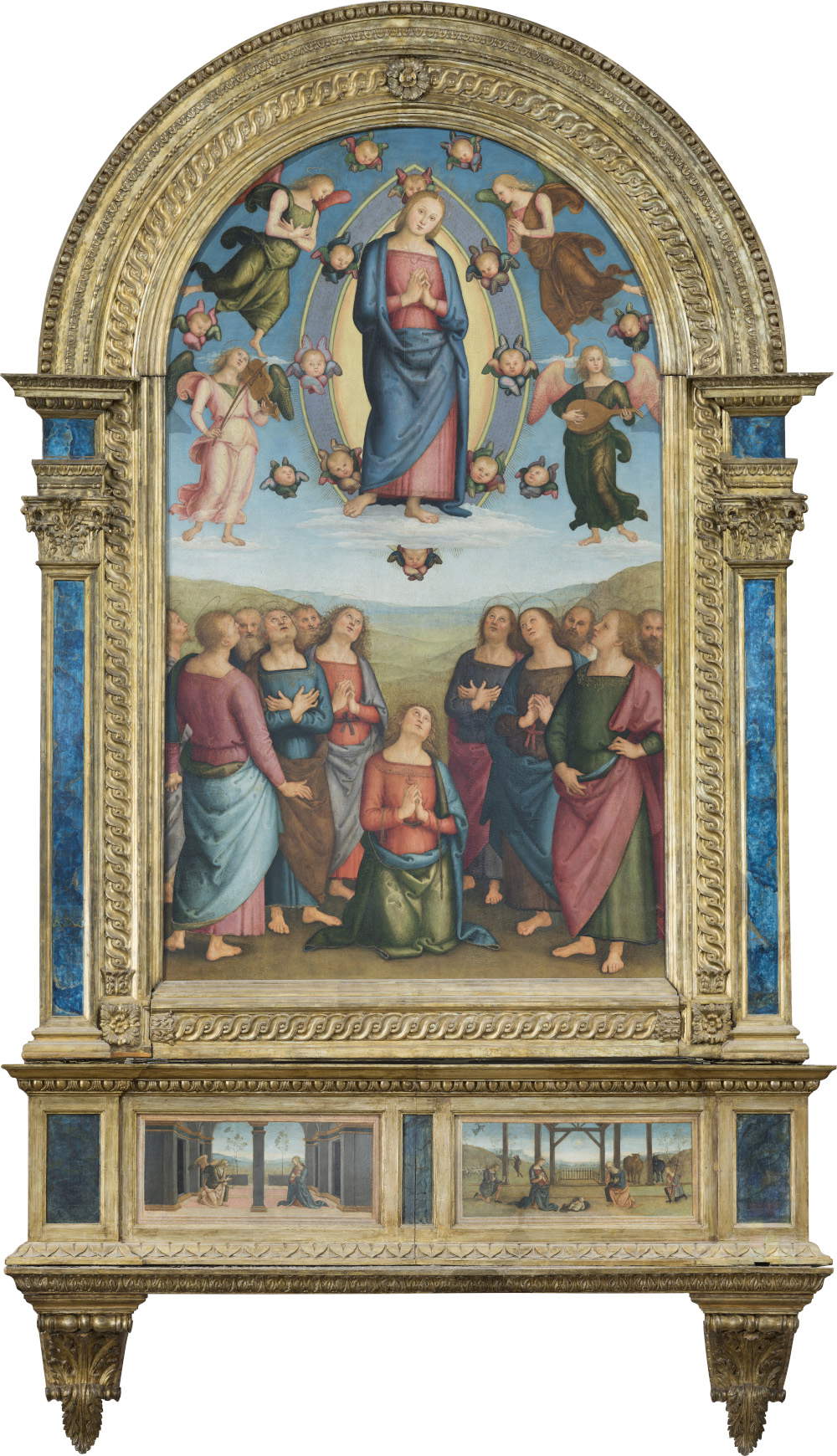
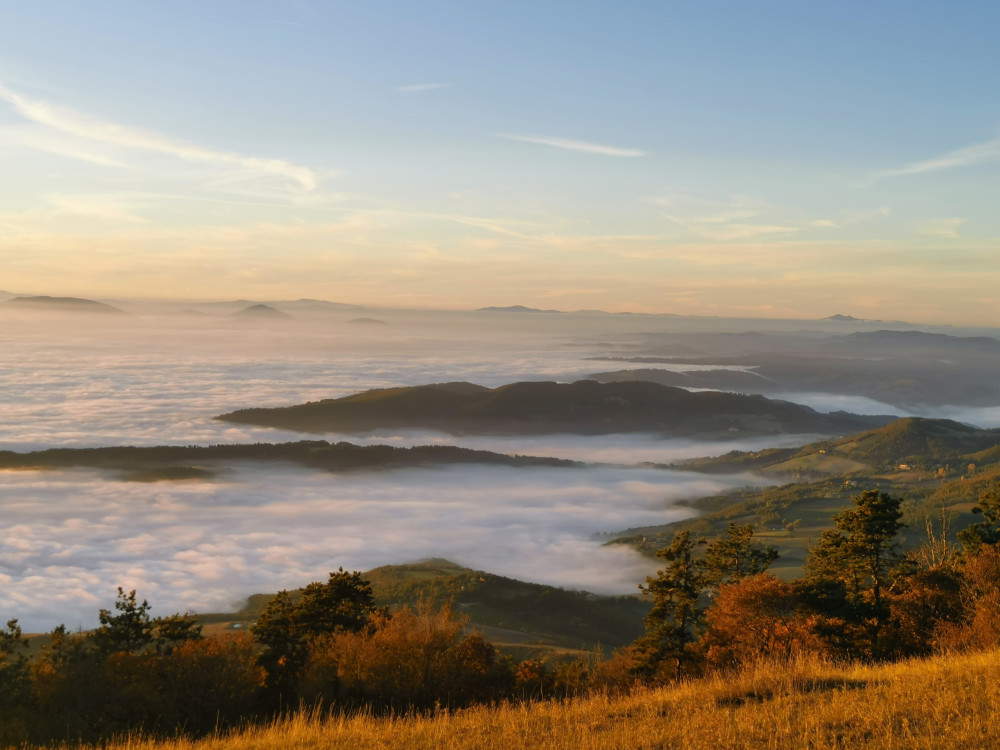
 |
| Discovering Perugino's places: thematic itineraries |
Warning: the translation into English of the original Italian article was created using automatic tools. We undertake to review all articles, but we do not guarantee the total absence of inaccuracies in the translation due to the program. You can find the original by clicking on the ITA button. If you find any mistake,please contact us.




























